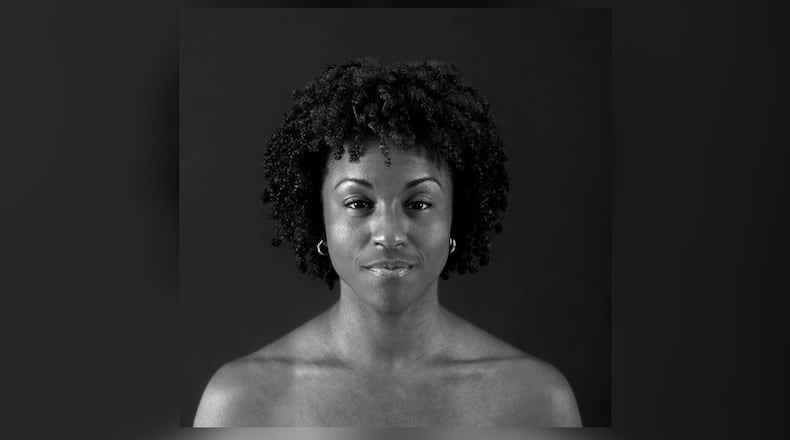Afrofuturism is an imagination of what could be. It’s creating a world where there’s no fear of walking down the street, no boundaries, and no enslaved mentalities; creating a world where there is joy, peace, love, and light; A boundless and limitless world that looks, sounds, smells, tastes, and feels like: Freedom.
Afrofuturism is a concept that is becoming more and more prevalent in the Black arts arena. Why? Because many Black artists, including myself, recognize the necessity of preserving our history and culture through our art. Subsequently, much of what Black art has focused on is the African American experience from a historical or present-day perspective. Recently, there have been an obscene number of efforts to erase Black history from our educational systems, from national attacks on Nikole Hannah-Jones’ 1619 Project to the Ohio legislature’s attempts to ban teaching about racism. It seems the only place to learn about and share our life and culture is through our art.
As a performing artist with Dayton Contemporary Dance Company, many of the works we perform are created in response to the African American experience. As a budding choreographer, I, too, have found myself following this trajectory. The beautiful, yet challenging aspect of afrofuturistic creation is that it is all imagined — never before seen, heard, or felt.
It wasn’t until I received a commission from the Cincinnati Art Museum for their “Black Futures” series that I allowed myself to access this Afrofuturistic lens. In my site-specific work entitled “Homage: What Was, Is, To Come”, I began to imagine how I wanted to see “Black folks in the future.” I thought about what that future space would look like, sound like, taste like, and smell like; and I thought about how I would want Black people to feel. I began to see the concept of Afrofuturism as a mindset; a mindset free from stereotypes or judgment or the need to “wear the mask,” to quote from Daytonian Paul Laurence Dunbar. In creating this work, I challenged myself to be brave enough to create a world, rather than solely shining light on the world we already live in.
As a native Nashville, Tennessean, moving to Dayton was my first taste of “living up north.” In the 10 years I’ve lived here, I’ve learned so much about the role that Ohio has played in African American history. In my most recent work, “Somewhere, They Freed Themselves” (premiered by Mutual Dance Theater in December 2023), I was inspired by the Ohio river being a conduit for African Americans’ trek to freedom by way of water. I look forward to expanding this work, and focusing on creating the “freedom space” from an Afrofuturistic perspective.
I am elated to see a number of Black people dreaming of Black futures in Dayton. Being able to witness several young Black business owners re-imagining, reclaiming, and re-invigorating these buildings in the Greater Dayton area is an example of the Afrofuturistic mindset. Witnessing the resurgence of the Dayton region has been extremely motivating in my pursuit to continue to dream about incorporating a futuristic realm in my work.
I look forward to many more opportunities to witness these Black imaginations come to life.
Countess V. Winfrey is a professional dancer, teaching artist, and choreographer.
Afrofuturism and Dayton, Ohio

Krista Franklin: "Transatlantic Turntable-ism." Collage on canvas. 2005.
"Afrofuturism demands society look beyond the present into worlds yet explored, where the fullness of Blackness blooms without limitation." - Read Russell Florence's story about Dayton's many connections to Afrofuturism. Throughout February, Ideas & Voices will feature artists and others to discuss our region’s contributions to Afrofuturism. You are invited to follow along.
|
Rickey Vincent: Dayton musicians did not engage in Black music traditions — they broke them |
|
Countess Winfrey: I challenge myself to create a new world, rather than shine light on the world we already live in |
|
Shon Curtis: Afrofuturism and the rebirth of artistic identity |
About the Author

